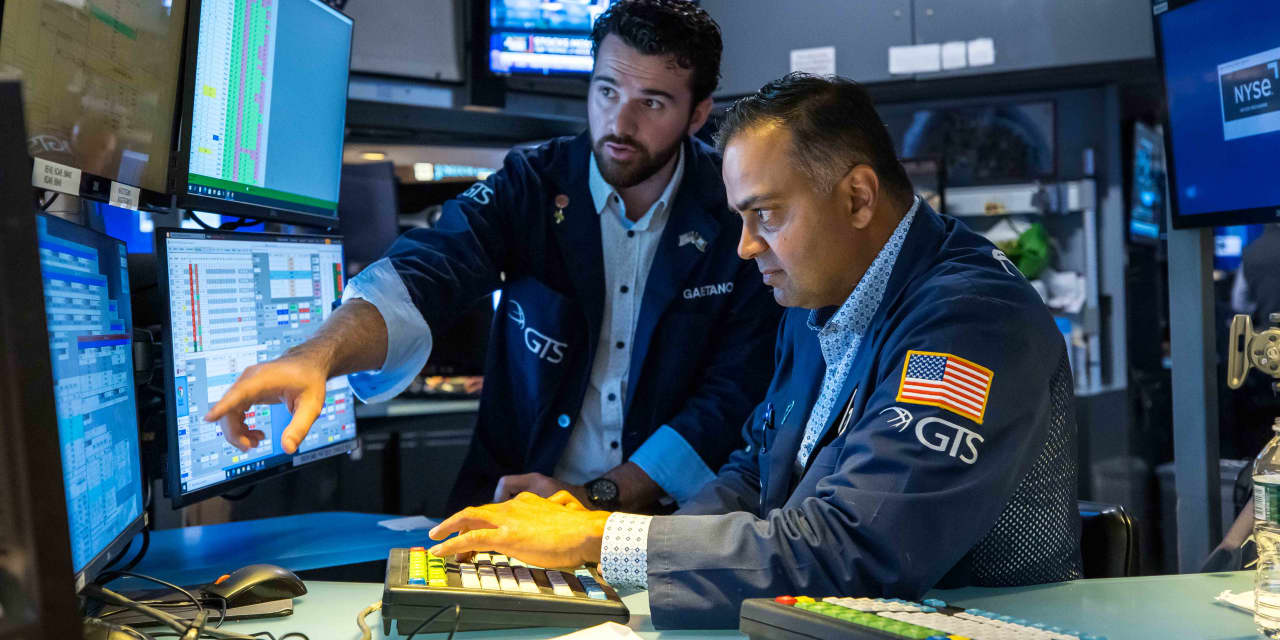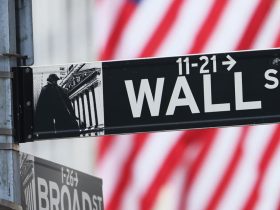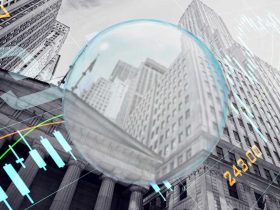After a huge rally to start the year, stocks’ momentum has faltered. They may struggle to find it again before the end of the year, according to one of 2023’s most successful market watchers.
With a difficult August in the rearview mirror, the market has begun what has historically been the year’s most painful month. Bulls may be still hoping stocks will regain some of their mojo, but
Stifel
market strategist Barry Bannister argues that they are more likely to tread water.
Bannister, who has called the market’s moves so far this year, expects the
S&P 500
to end 2023 not far from its current level. In a Tuesday research note, he stuck with his year-end target of 4,400, which would put the index about 4% below where it stands now.
While the strategist spent much of the first half of the year arguing that the rally looked to be on solid footing, he is now more cautious when it comes to expectations that market momentum can push the S&P 500 above the record high it reached before the 2022 bear market took hold.
“Whereas from October 2022 to June 2023 the focus of our research was dispelling the worries of the uber-bears, it now seems timely to examine the assumptions of the bullish outliers…[who] believe the S&P 500 achieves 4,800+ by year-end 2023,” he wrote. “Our conclusion is that hyper-positive late-2023 views are unlikely to come to pass.”
Bannister said that in order for the S&P 500 to retake and surpass its prior peak of 4,796.56, it would need very favorable conditions, which largely look out of reach. The huge growth spurred by Covid-era stimulus makes it much harder for companies to post big increases in earnings per share, while the resilience of the economy gives the Federal Reserve little reason to back away from raising interest rates, as some investors hope, he said.
Likewise, artificial intelligence might not be the savior that many predict it will be, at least without some hiccups. Others have made the same point, given how far 2023’s positive tech news has already driven the market.
In fact, he argued, investors would do well to remember the start of September 2000, when the dot-com bubble began to burst. While the S&P 500 eventually bottomed in October 2002, it “did not re-achieve in real terms (CPI inflation-adjusted) the 1,520.77 level until Dec-2014.”
Of course, Bannister doesn’t think stocks will be lost in the wilderness for that long again, and many other strategists see reason to hope that the rally isn’t totally out of fuel. They say Wall Street’s continued bearishness is a contrarian sign of more gains to come, while consumers’ ongoing resilience can keep afloat some of 2022’s most hated stocks, like consumer discretionary shares.
Nonetheless, with rising rates a continuing challenge, mixed economic data, and so much good news already priced into stocks, it wouldn’t be surprising if the rally took a little longer to regain its footing. That would mean 2023 ends not with a bang, but a whimper.
Write to Teresa Rivas at [email protected]
Read the full article here













Leave a Reply